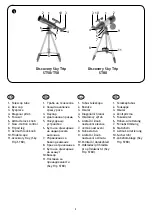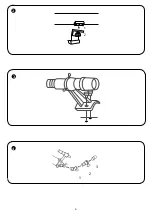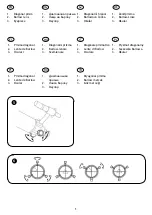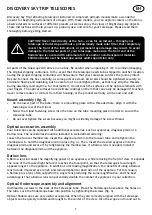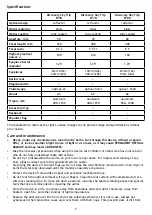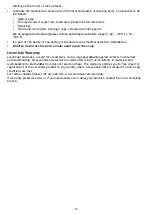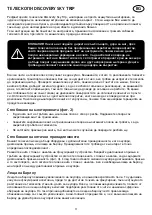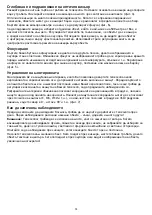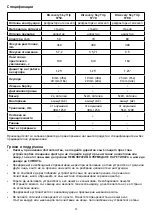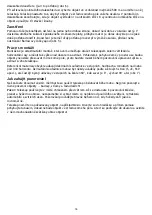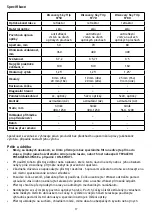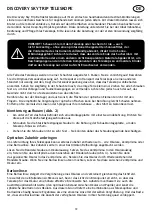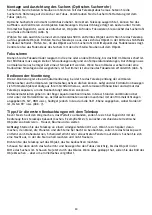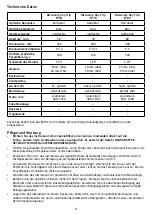
8
adjust focus (fig. 6).
To align the finderscope, choose a distant object that is at least 550 yards (500 meters) away and point
the telescope at the object. Adjust the telescope so that the object is in the center of the view in
your eyepiece. Check the finderscope to see if the object is also centered on the crosshairs. Use three
adjustment screws to center the finderscope crosshairs on the object.
Focusing
Slowly rotate the focus knobs one way or the other until the image in the eyepiece is sharp. The image
usually has to be finely refocused over time due to small variations caused by temperature changes,
flexures, etc. Refocusing is almost always necessary when you change an eyepiece, add or remove a
Barlow lens (fig. 5).
Operating the mount
The AZ mount is an alt-azimuth mount that allows you to rotate the telescope about the vertical and
horizontal axes and change its altitude and azimuth. Due to Earth’s movement, the objects will be
constantly shifting out of your view, so you will have to adjust the altitude and azimuth of your telescope
to continue your observations.
Reference materials usually list declination coordinates in degrees, hours and minutes above or below
the horizon line. Azimuth coordinates may sometimes be listed with the compass points (N, SW, ENE,
etc.), but it is more commonly listed in degrees around the 360-deg plane, where north is 0°, east is
90°, etc. (fig. 7).
How to start observing
Before you start exploring the Cosmos, you should learn to operate the telescope during the day. First,
observe different terrestrial objects — houses, trees and many others!
Attention:
The telescope should be used in a place protected from the wind. When you get to observing
the Moon, planets and stars at night, remember to choose locations away from street lamps, car lights
and window lights. Try to observe on nights when the stars shine bright and evenly.
Point the telescope at the desired object. Looking through the finderscope, slowly move the tube until
the object is in the center. Now look through the eyepiece and you will see the image of the object
magnified many times!
Summary of Contents for 77863
Page 4: ...4 3 2 1 2 1 2 3 4 ...


